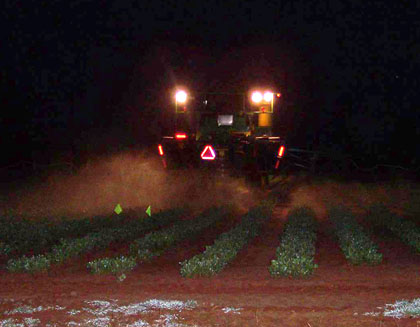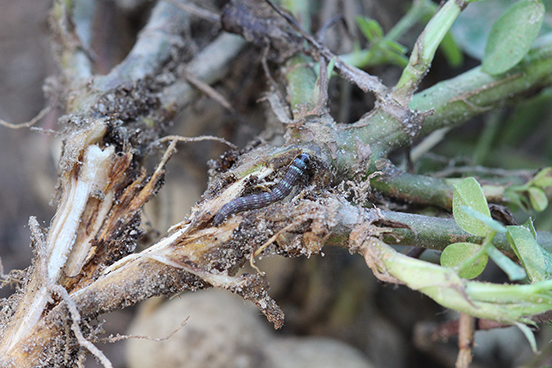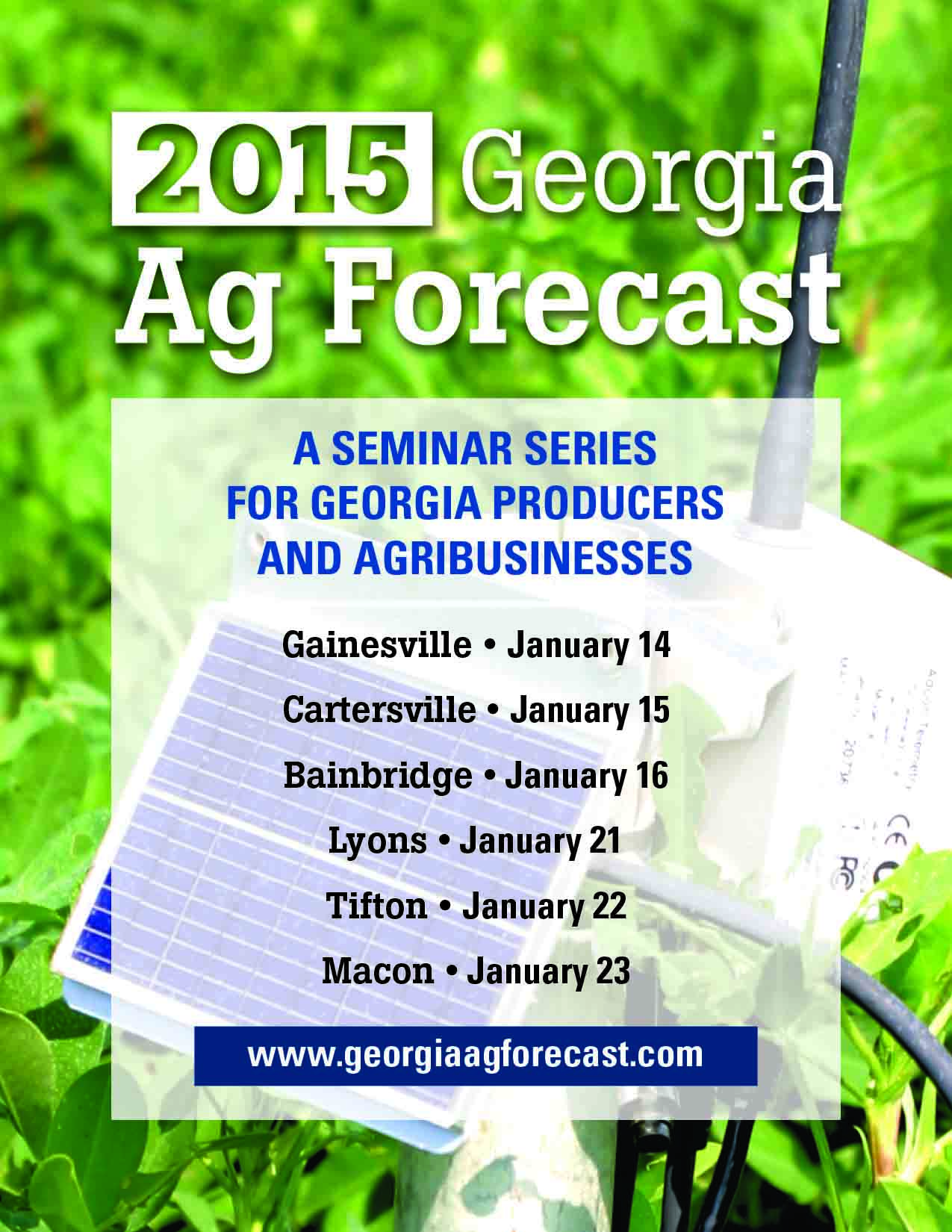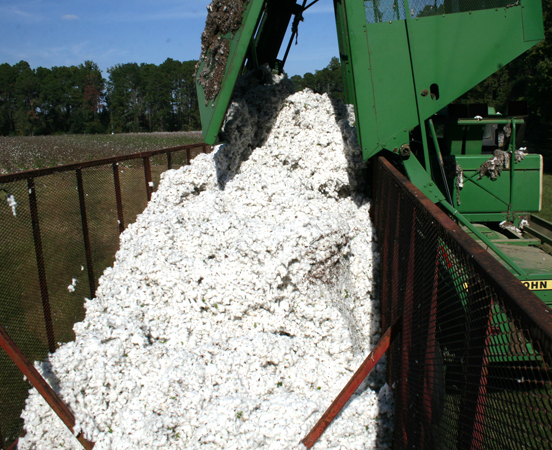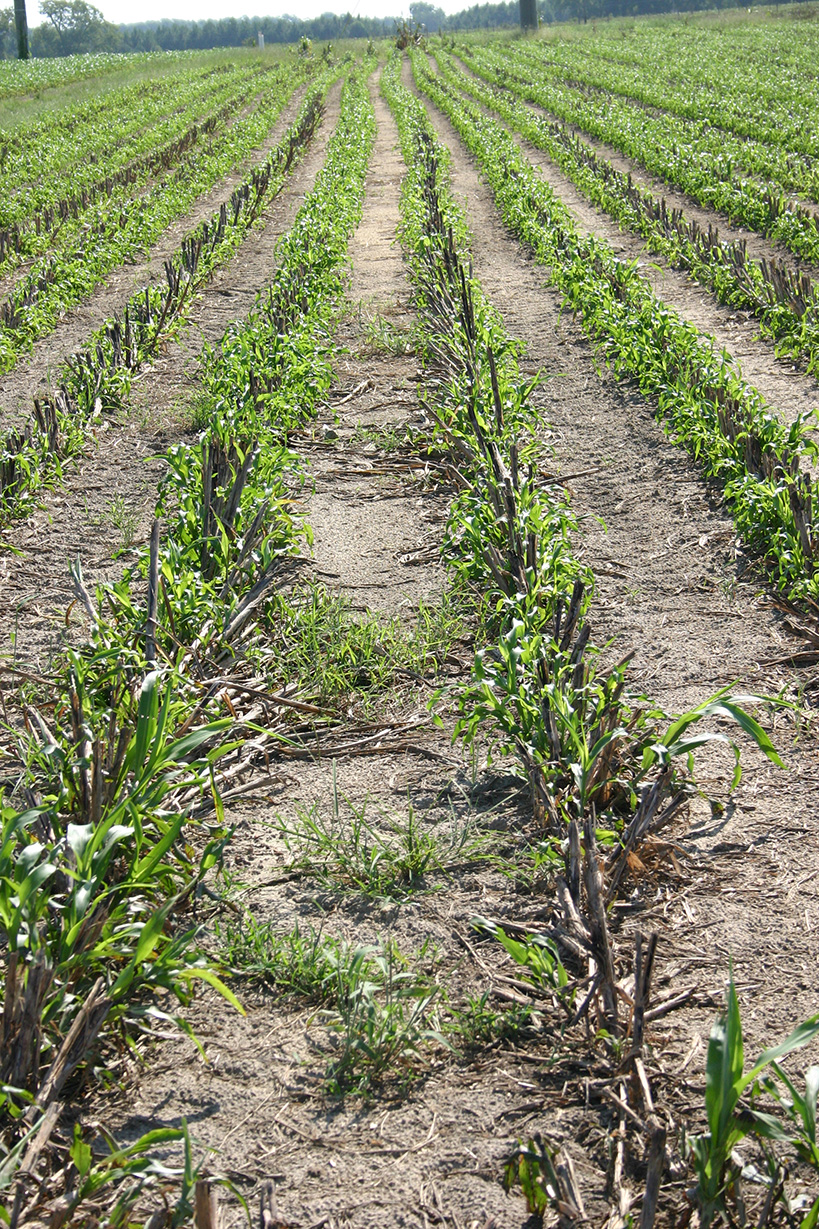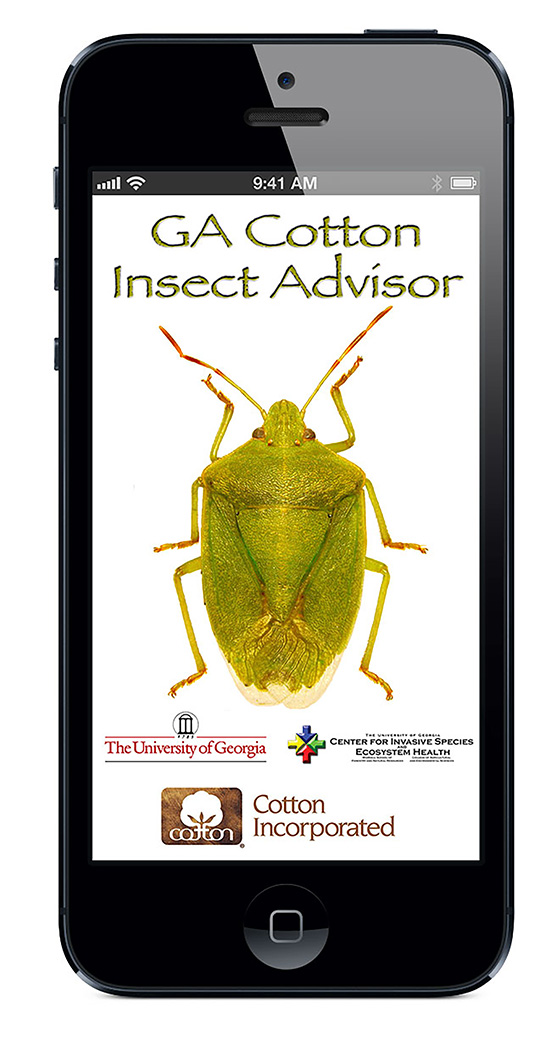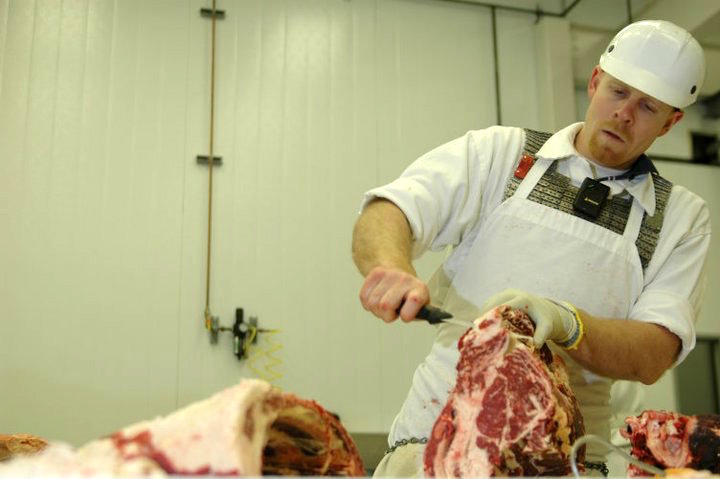 CAES News
CAES News
Meat Store
A fully functional harvesting and processing facility, the University of Georgia Meat Science Technology Center is used to facilitate teaching, research and outreach at the university while harvesting and processing 100-140 cattle, 240 hogs and 30 sheep annually.

